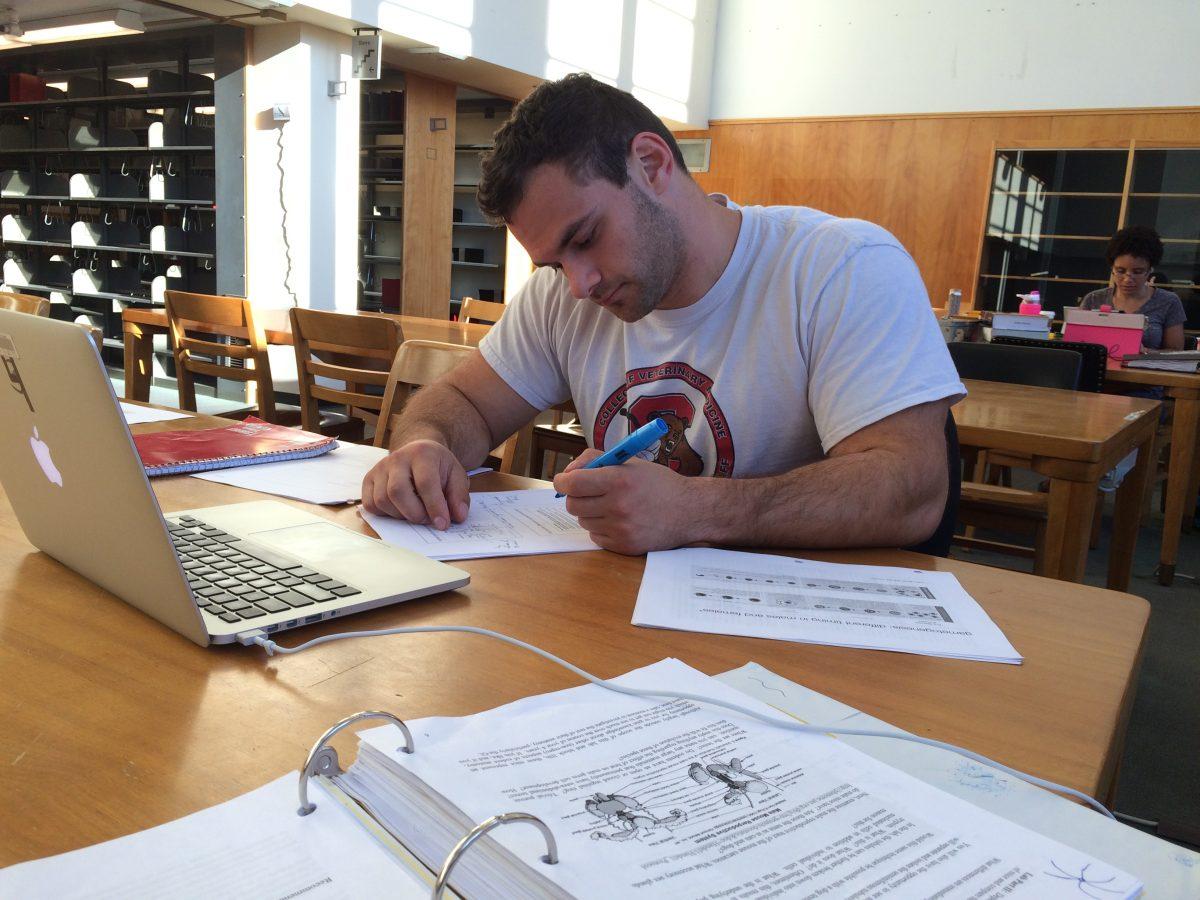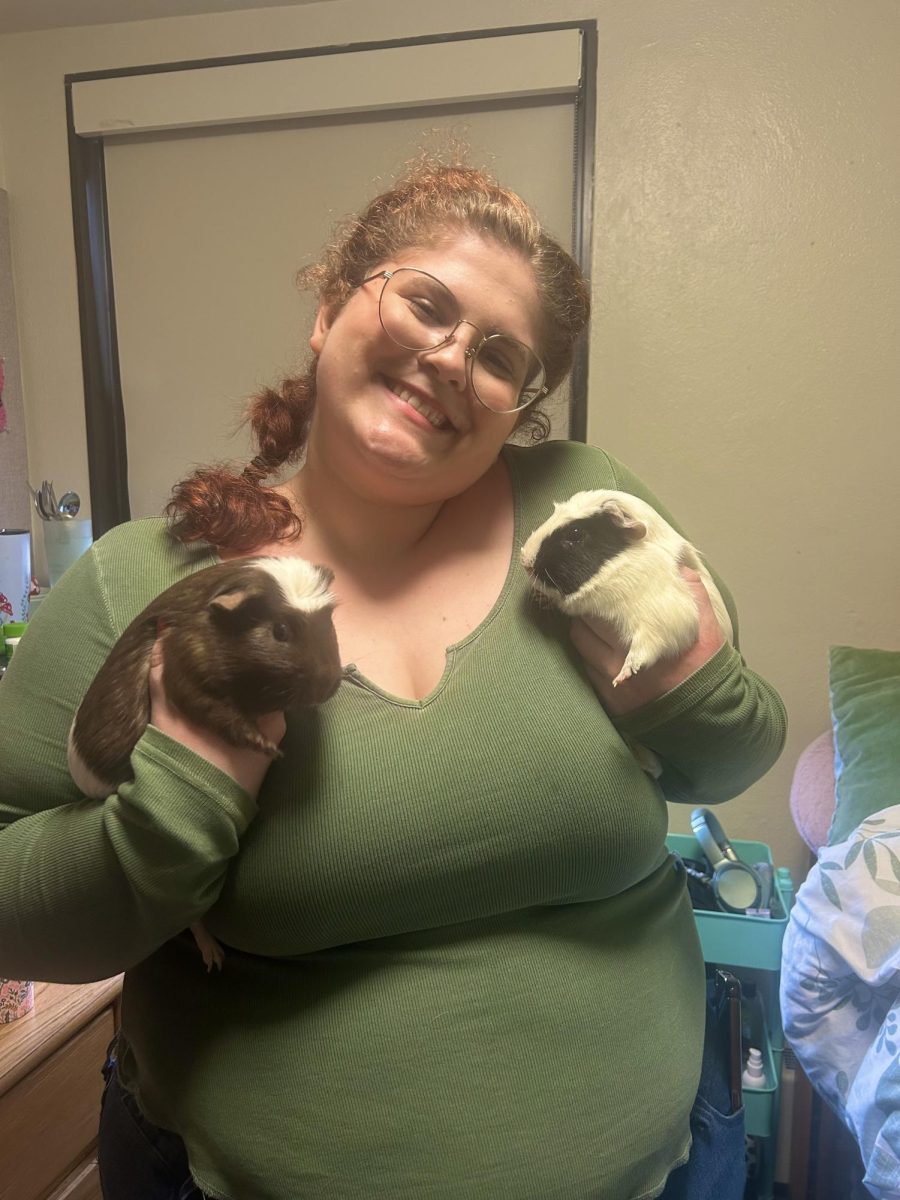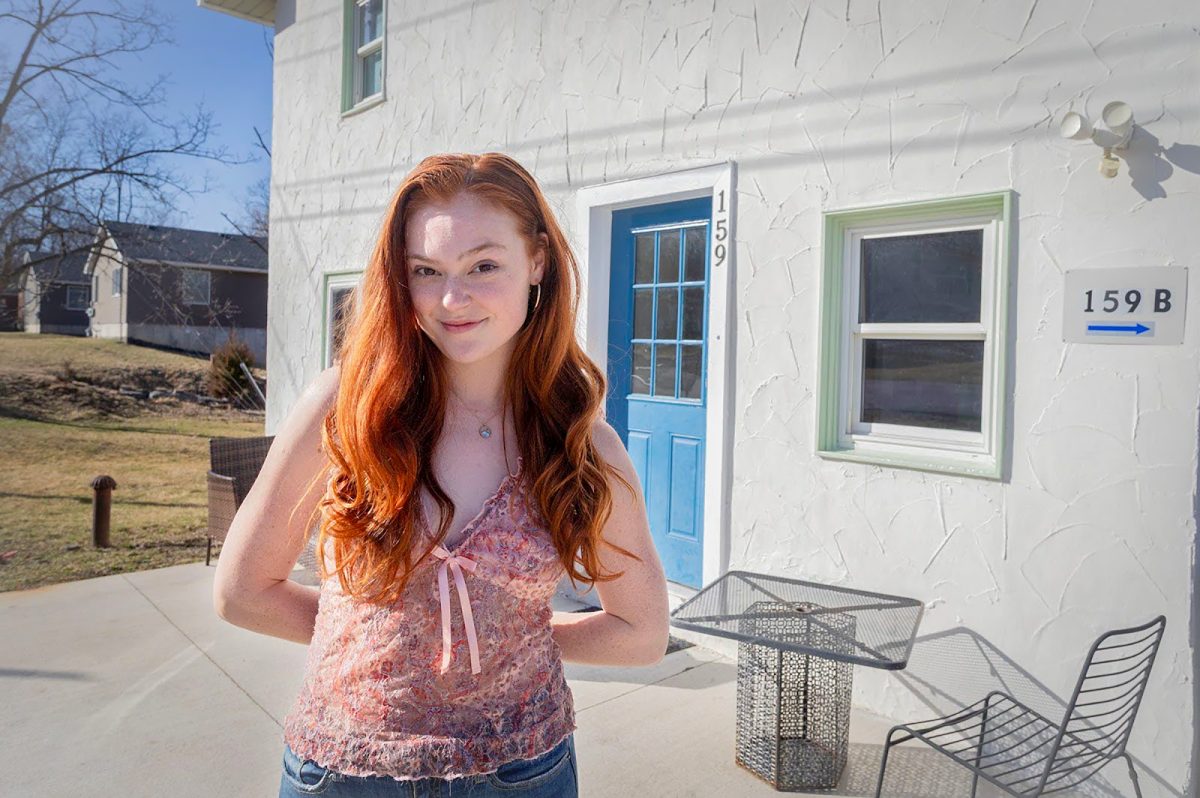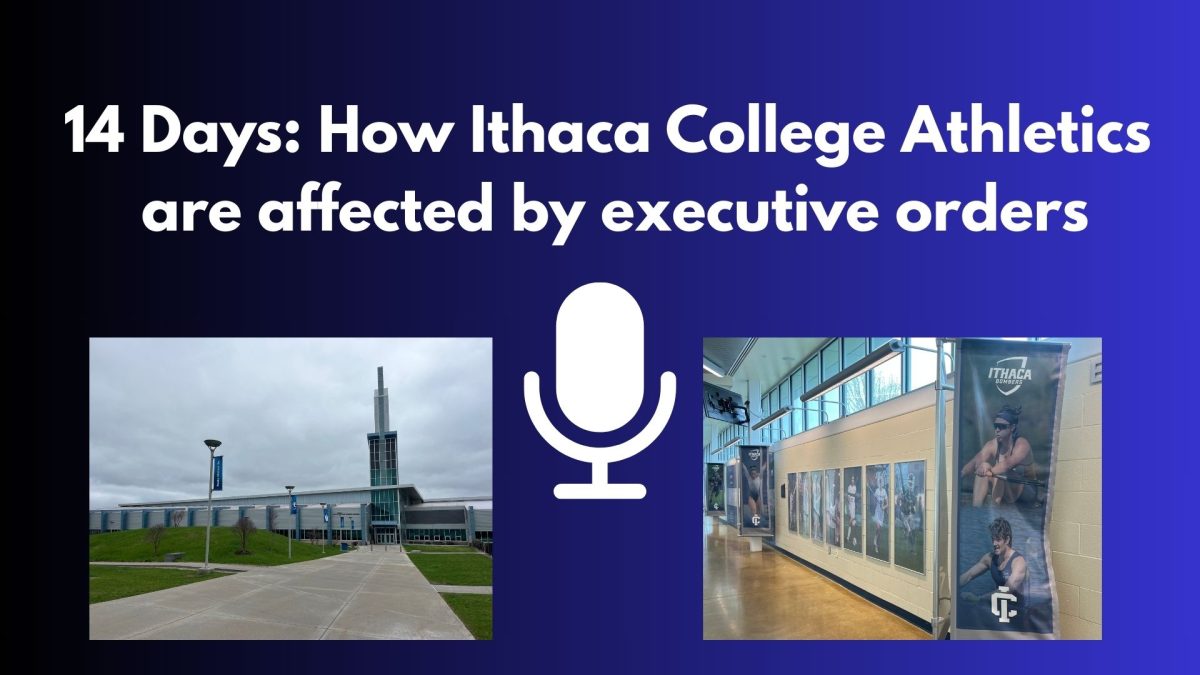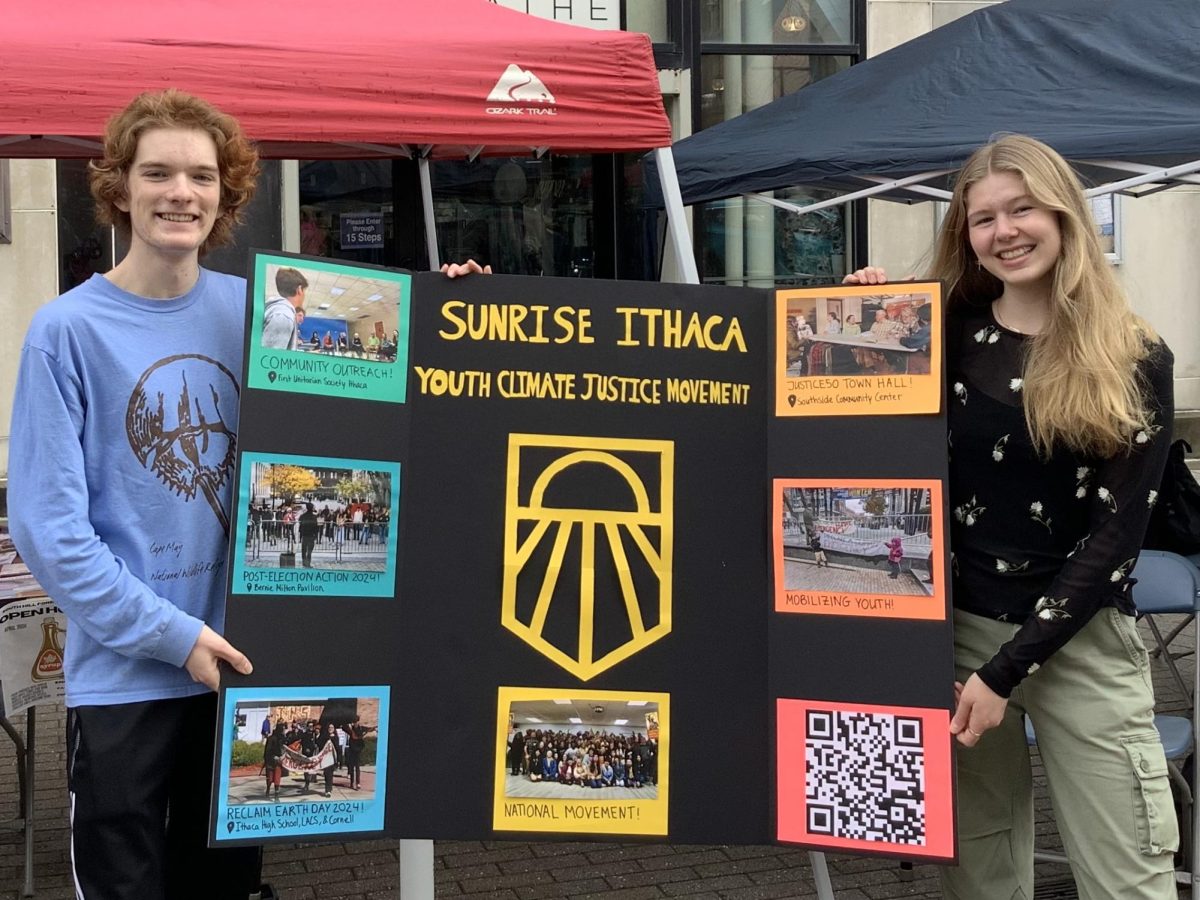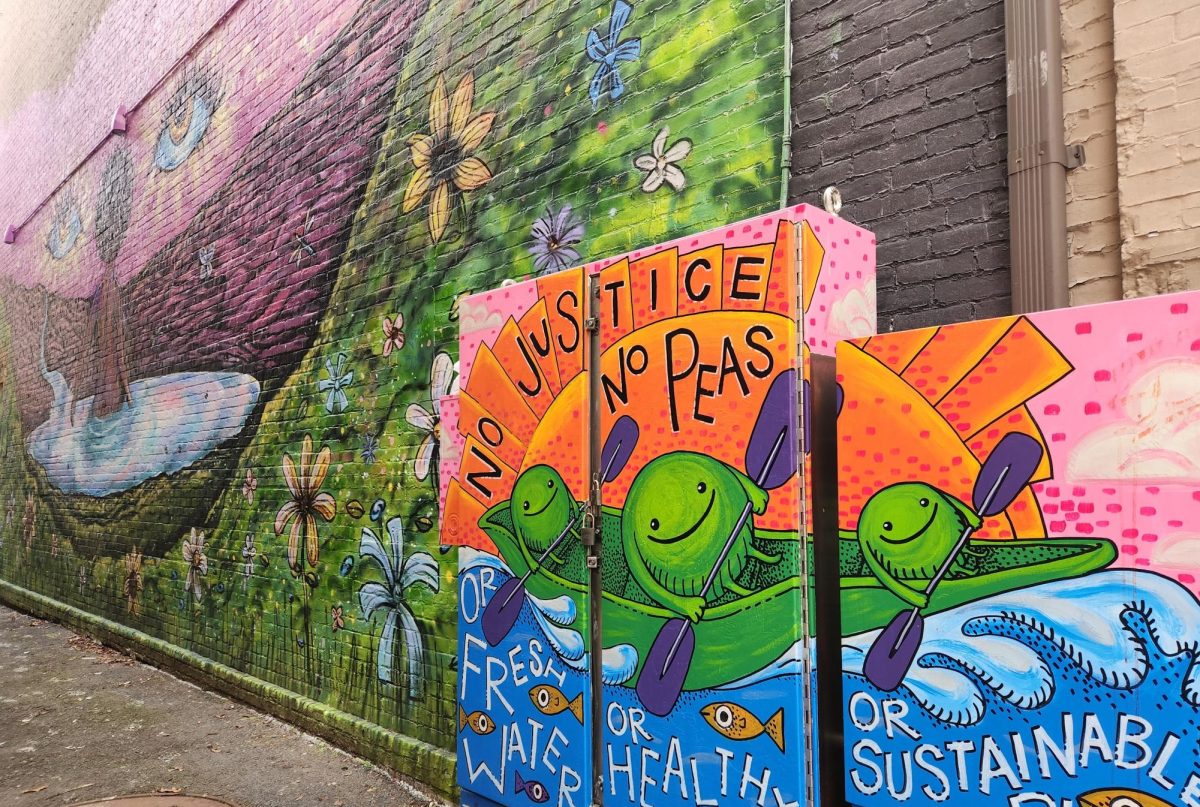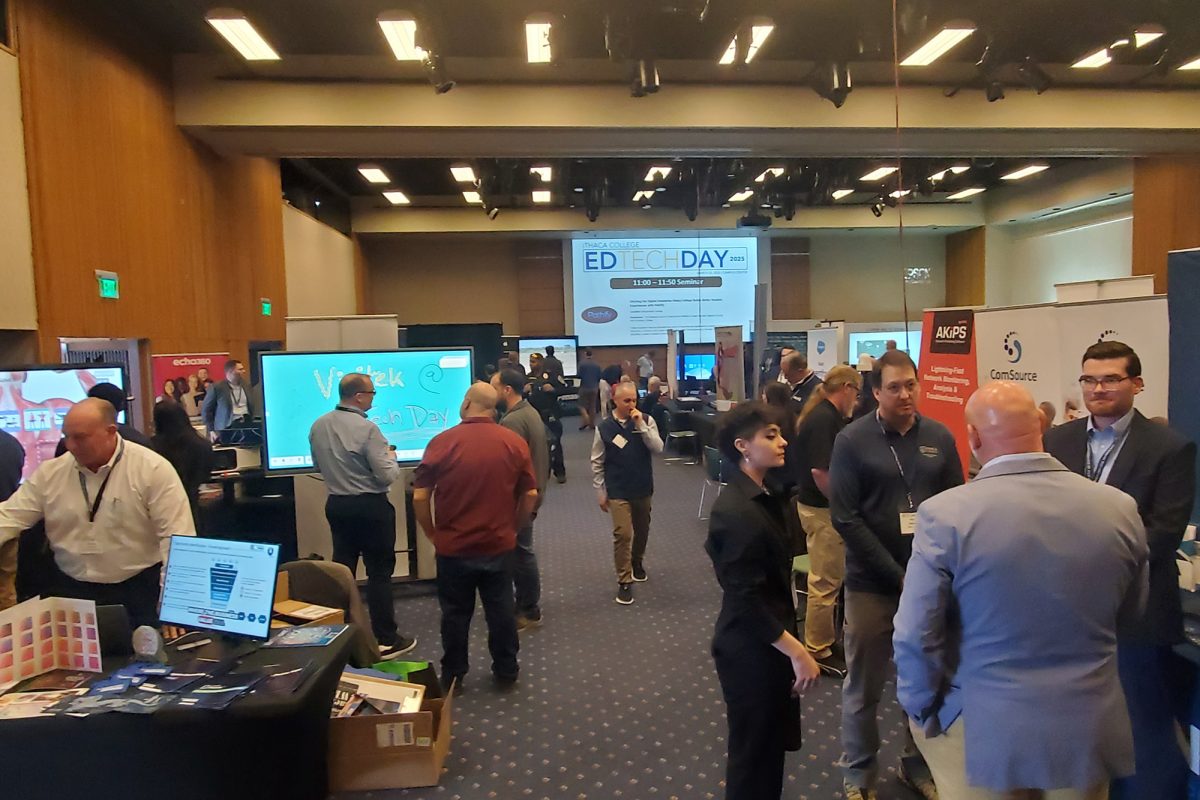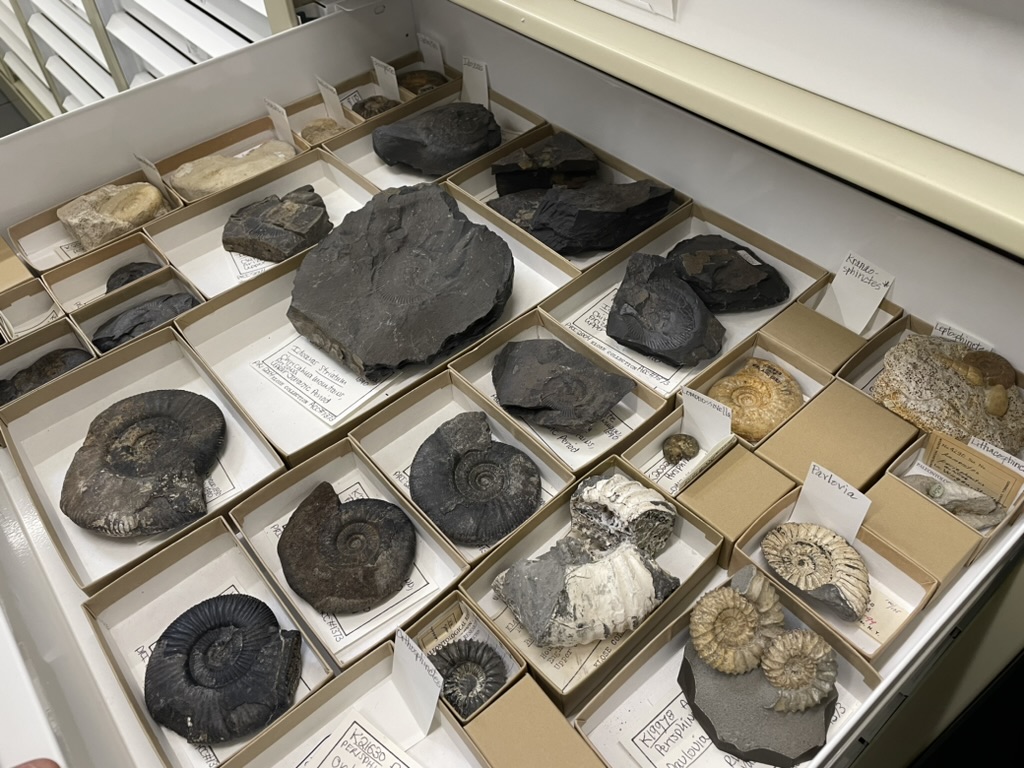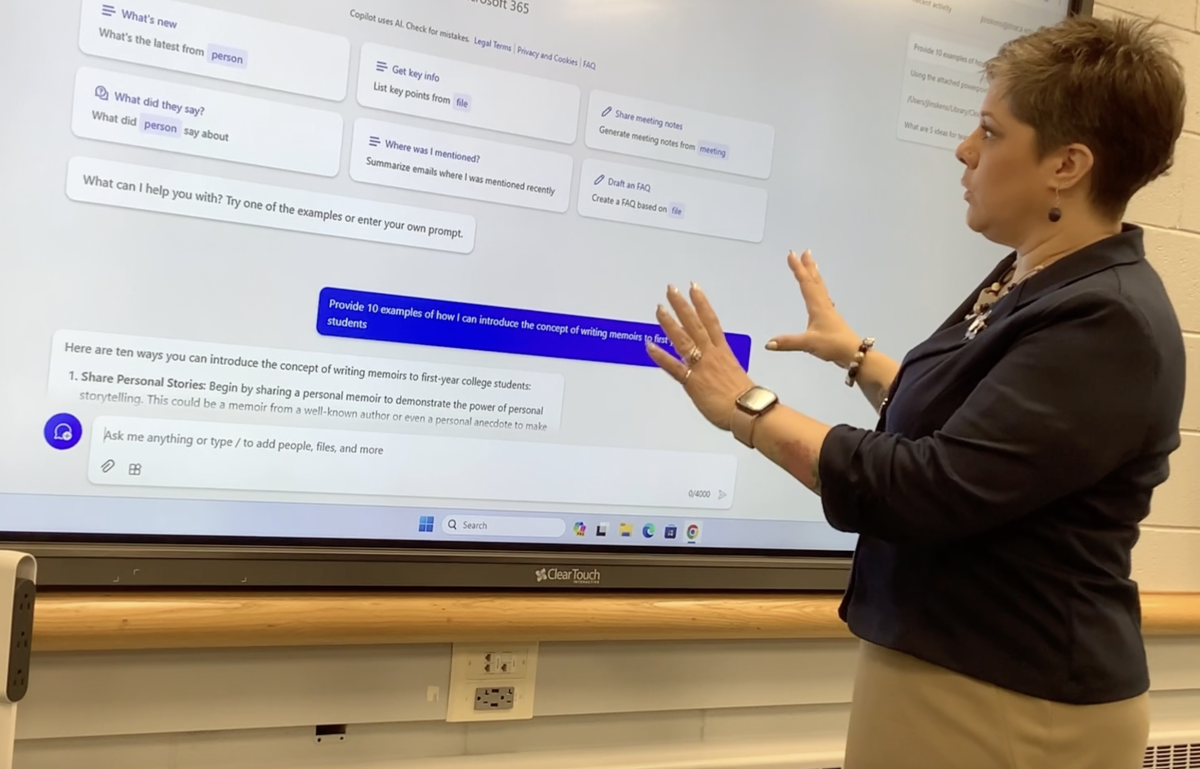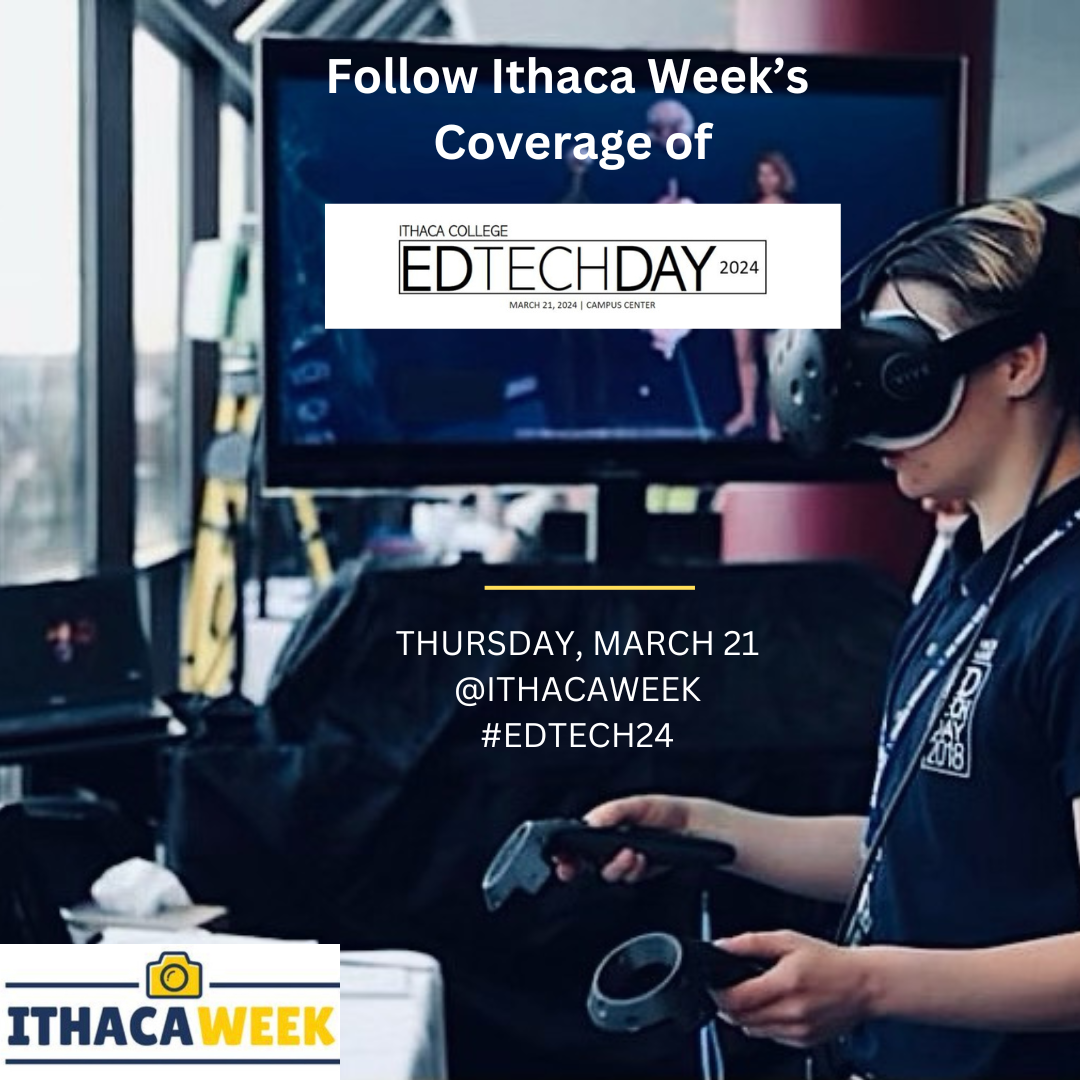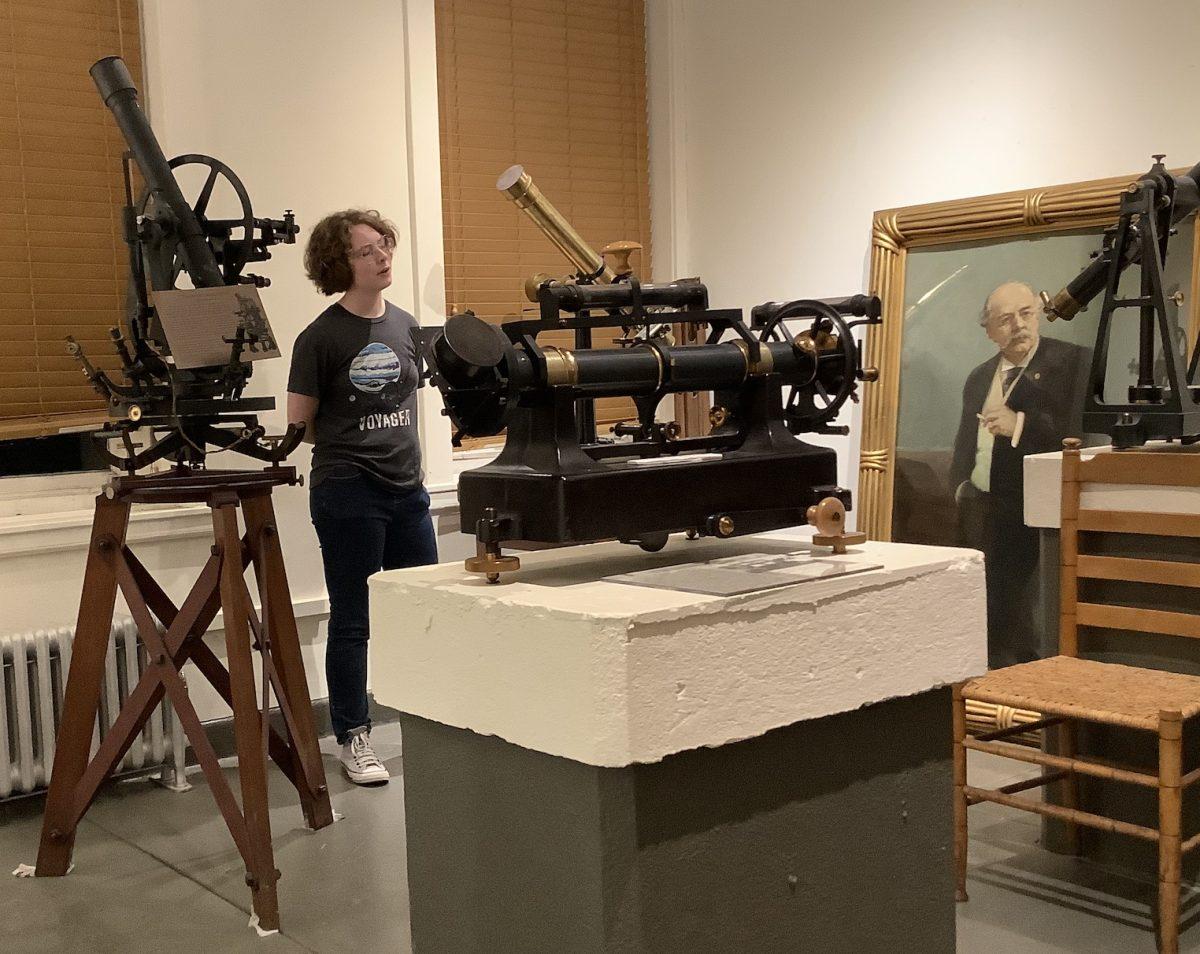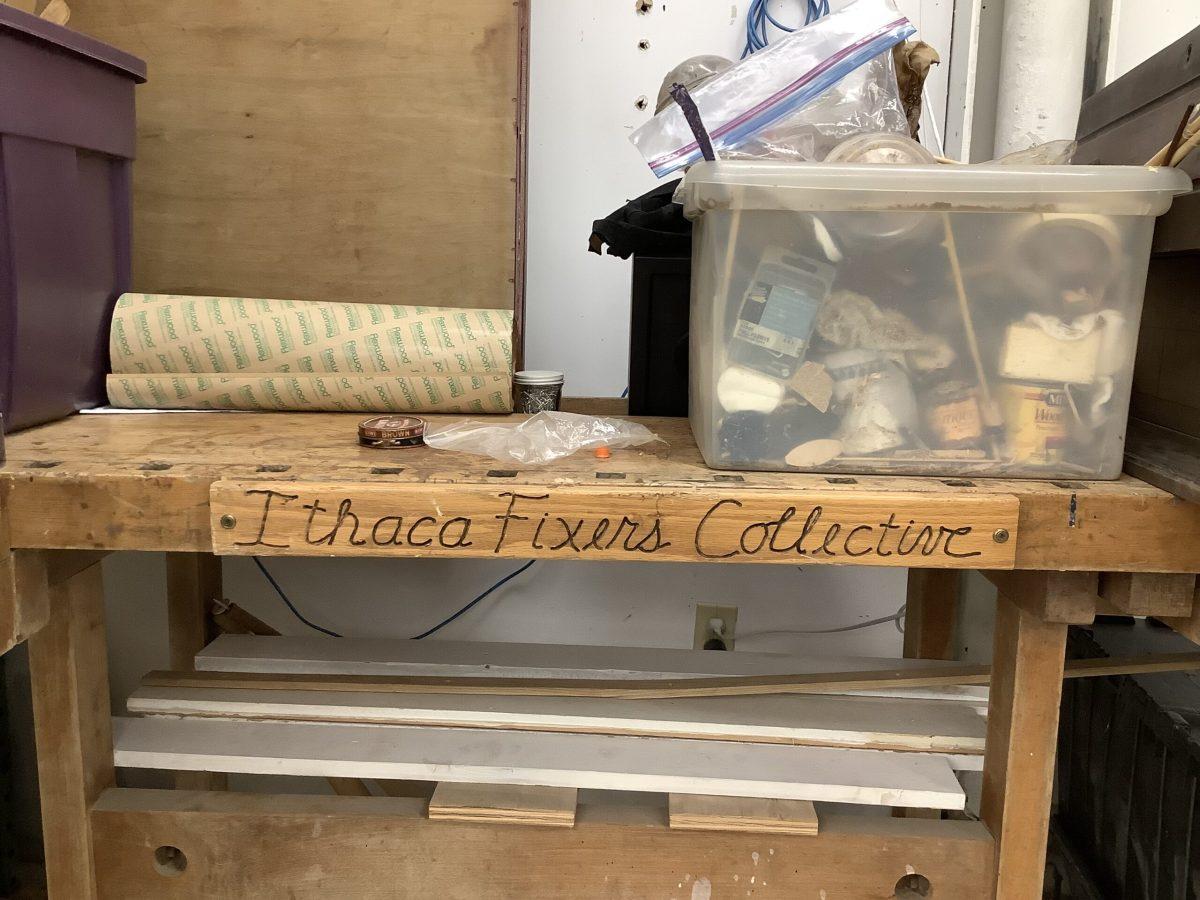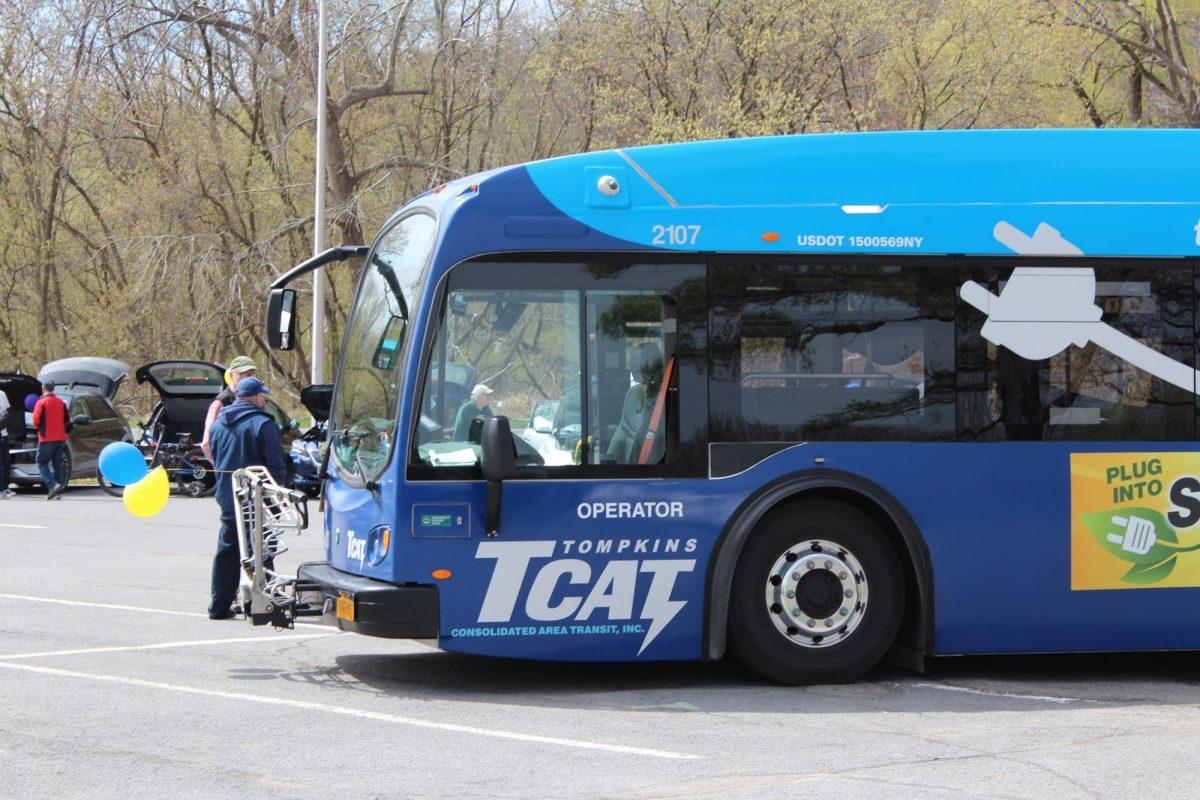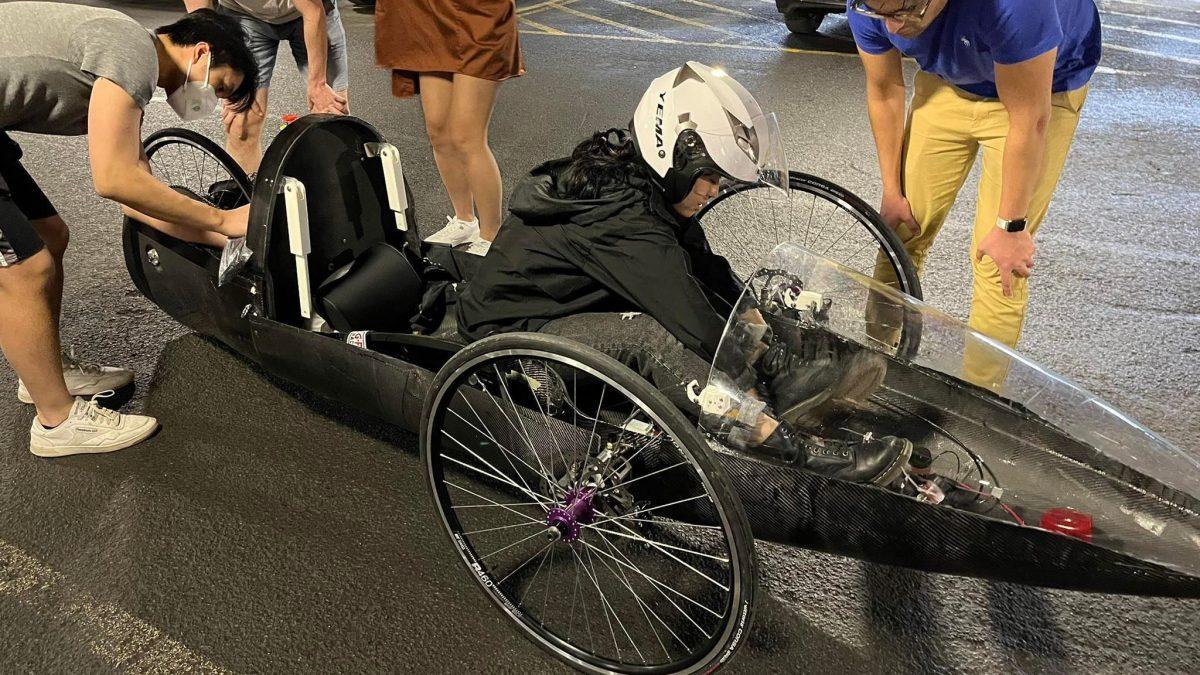“It’s a day in the life of a vet student. It’s very much so a documentary, not a reality show,” said Dan Cimino, who is featured on the show as a first-year graduate student.
Camera crews followed three first-year students and four fourth-year students throughout the 2014-2015 academic year. Episodes focus on students’ interaction with live animals during first-year labs and fourth-year clinical rotations.
“I think the show will highlight how hard it is to become a veterinarian and how much we work,” said Sam Dicker, whose fourth year is documented throughout the show.
Thinkfactory Media, a production company based in Los Angeles, produced the show for Nat Geo WILD, a sister network to National Geographic.
Shooting began on the first day of classes during the Fall 2014 academic semester and wrapped at Commencement in May 2015.
Cornell faculty identified students based on their ability to represent the college’s range of veterinary specialities offered, said college spokesperson Claudia Wheatley. Thinkfactory and Nat Geo WILD selected seven students after conducting interviews.
Wheatley said the college’s senior leadership negotiated the contract with the show’s producers.
“They put a lot of effort into negotiating the contract to make sure that patient care and education would not be disrupted during the shooting,” Wheatley said.
Cornell faculty worked with the production crew to identify shooting scenarios that could be dangerous for students, faculty or patients, Wheatley said. Faculty also viewed rough cuts of each episode to ensure technical terminology and procedures were presented accurately.
“Really what it comes down to is we all had the same goal — Nat Geo, Thinkfactory and Cornell — and that was to portray the journey accurately and portray the medicine as a science accurately,” said Adam Freeman, executive producer for Thinkfactory Media.
Cimino said he felt the show is accurate, even though it focuses heavily on students interacting with live animals more often than their individual studies.
“It makes us seem like we’re working with animals 90 percent of the time, whereas we’re studying 90 percent of the time,” Cimino said. “They just don’t show a lot of us in the library. Because why would you?”
The show hinges on the moments of tenderness, tension and laughter created by student and animal interaction. Christina Bustamante, another student featured in her first year on the show, said she did not mind working on lab activities while cameras were trained on her.
“I was comfortable on camera but it took me a while to realize that whatever I say, the world can hear that,” Bustamante said. “Like my facial expressions of disgust about cows maybe are not the best for my professional future.”
Students were notified when the camera crew would attend their labs. Cimino said it took him weeks to get used to the pressure of having cameras on him.
“Like if I was trying to draw blood from an animal in a lab — at the beginning of the year I would have been like, ‘Oh my God, there’s a camera on me,’” Cimino said. “But by the end of the year I was like, ‘Whatever.’ No pressure at all.”
Cimino said shooting for the show taught him to focus under pressure, while Bustamante said she learned how to explain medical concepts in non-technical ways.
But the students hope the most important thing viewers can take away from the show is the value of veterinarians.
“I think veterinarians are often underappreciated by pet owners and that this show will showcase that we have a lot to learn while we’re in school and we all try extremely hard to do the best we can,” Dicker said. “We are all in it to help animals and to help people and I hope people will understand that fully.”

